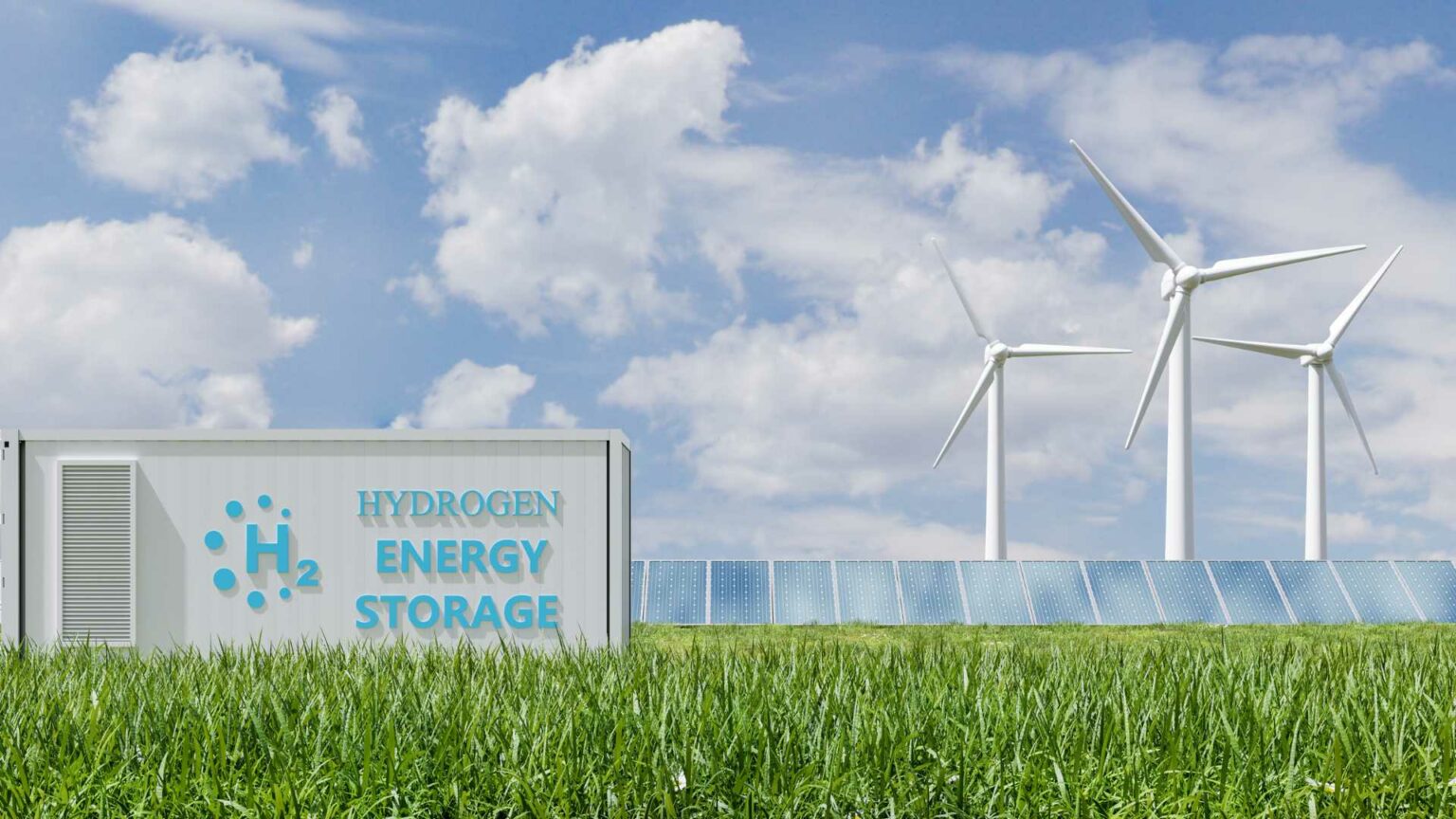A hybrid approach combining Battery Energy Storage Systems (BESS) with hydrogen (H2) storage has shown promise in mitigating limitations.
Hydrogen storage enables the conversion of surplus electricity into hydrogen via electrolysis, which can then be reconverted into electricity through fuel cells during periods of low renewable output. This method not only extends the storage capacity compared to BESS alone but also provides more flexibility in managing energy surplus.
A key metric in assessing the performance of hybrid storage systems is the Loss of Surplus Energy Rate (LSER), which quantifies the proportion of energy generation that is not utilized and therefore wasted. In the recent study, the integration of a 520 kW BESS-H2 system significantly reduced the LSER from an initial 1.0 to 0.2, highlighting the system’s ability to cut energy waste. Furthermore, it minimized the Expected Loss of Surplus Energy (ELSE) to 330.8 kWh, with a total operational cost of $7,104. These reductions underscore the improved utilization of surplus energy achieved by leveraging both short-term and long-term storage solutions effectively.
The study further explores the cost-energy trade-offs inherent in storage system configurations. Reducing BESS capacity to 420 kW resulted in lowered operational costs of $11,498, but at the expense of increasing ELSE to 403.5 kWh. Such trade-offs demonstrate the challenge of balancing economic and energy efficiency objectives within microgrid systems. The dual function of H2 storage—acting at full BESS capacity to efficiently manage surplus—adds another layer of complexity and opportunity for optimization. The potential for increased renewable energy source (RES) output by 20% further complicates the dynamics, as it raises LSER, ELSE, and operational costs, reflecting the persistent challenges of managing surplus energy.
To mitigate the intermittency and maximize sustainable output of renewable energy, dynamic control strategies in storage systems play a pivotal role. By prioritizing storage in BESS and utilizing excess for hydrogen production, there is an opportunity to not only minimize waste but also enhance overall energy system efficiency. Yet, this dual storage strategy necessitates careful balancing of technological and economic factors.
The practical implications of advancing hybrid storage systems extend beyond energy efficiency improvements. As RES capacity continues to expand globally, the demand for intelligent storage systems that can adapt to varying input levels becomes increasingly critical. Industry standards and performance metrics must adapt to accommodate these hybrid systems, ensuring consistent and reliable integration into existing energy frameworks.
The exploration of hybrid storage solutions offers a vision for more resilient and efficient microgrid systems where surplus energy can be managed intelligently. While battery systems have historically set benchmarks for storage performance, the inclusion of hydrogen adds a new dimension for long-term sustainability and flexibility. This intersection of technology and strategic energy management could play a decisive role in shaping the future landscape of renewable microgrids as they strive to meet both present and future energy demands effectively.
Stay updated on the latest in energy! Follow us on LinkedIn, Facebook, and X for real-time news and insights. Don’t miss out on exclusive interviews and webinars—subscribe to our YouTube channel today! Join our community and be part of the conversation shaping the future of energy.





